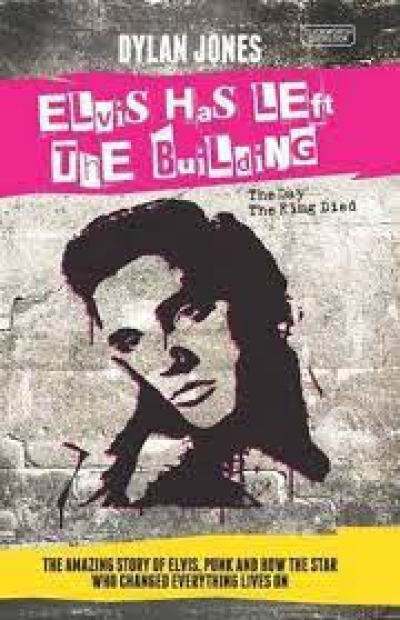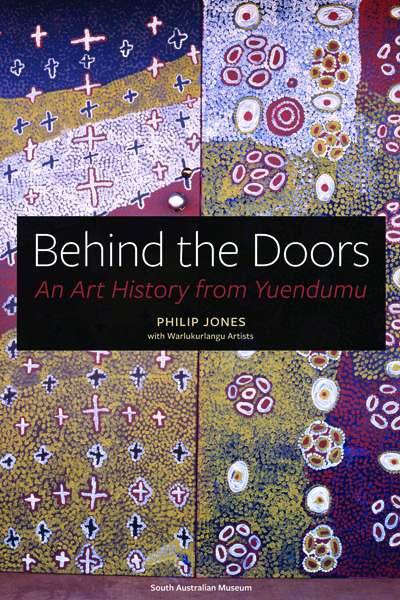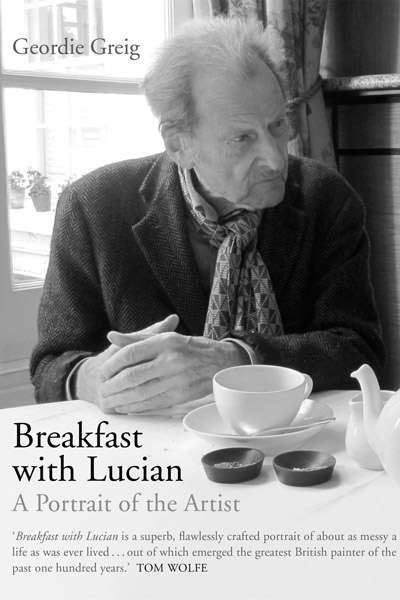ABR Arts
If Shakespeare’s tragedies, Macbeth seems the most prescient, apposite to a species rapidly running out of world. Upon hearing of the Witches’ prophecy, and resolving her course with chilling alacrity, Lady Macbeth invokes the nether realm of her potentialities:
Come, you spirits... (read more)
That tend on mortal thoughts, unsex me here,
And fill me, from the crown to the toe, top-full
Of direst cruelty.
Six words would suffice to describe Jonas Kaufmann’s Melbourne début. He came, he sang, he conquered.
This was Kaufmann’s second appearance in Australia, after a gala in Sydney (repeated on August 17). It’s not often that an impresario or Opera Australia manages to lure a great tenor to this country. The inimitable Carlo Bergonzi visited in 1979 and g ...
Enterprisingly, Opera Australia has enticed Scottish director David McVicar to create new productions of three Mozart operas, beginning with Don Giovanni, currently playing in Sydney (Figaro and Così will follow in 2015 and 2016, respectively). We saw the fifth of thirteen performances scheduled in this long opening season, and already the prod ...
The last time the National Gallery of Victoria devoted an exhibition to furniture was in 1988 (Featherston Chairs), and only the most dedicated design aficionados will remember the gallery’s most recent group show of furniture design: One Hundred Chairs, back in 1974. Mid-Century Modern, broad in its ambition, covers Australian furniture design in the thirty-year immediate postwar period. It forms an interesting comparison to the recent touring exhibition from the Los Angeles County Museum, California Design, 1930–65, shown at Gallery of Modern Art, Brisbane last summer and reviewed here in December 2013–January 2014.
... (read more)Hedda Gabler (1890) occupies a somewhat schizophrenic position in Henrik Ibsen’s work. On the one hand, it is normally seen as the apotheosis of Ibsen’s realist period, his sardonic homage to the fashionable ‘well-made play’ of the time. But, on the other hand, from early in its theatrical life there have been productions which have reacted against the naturalistic style in which the play seems to have been couched.
... (read more)Behind the Doors: An art history from Yuendumu by Philip Jones with Warlukurlangu Artists
Book reviewers and the editors of periodicals that commission them are used to sour assessments of their worth, but Professor John Dale’s article on The Conversation yesterday is in a class of its own.
What a clichéd, ungenerous and discreditab ...
For Auld Lang Syne: Images of Scottish Australia from First Fleet to Federation | Art Gallery of Ballarat
I have been looking at the world through tartan frames recently, thanks to the current exhibition ‘For Auld Lang Syne: Images of Scottish Australia from First Fleet to Federation’ and its accompanying catalogue ($75 hb, 335 pp). Actually, to call it a catalogue doesn’t do it justice; its 335 pages ransack dozens of different angles of the Caledonian experience, with essays by its curators,Alison Inglis and Patricia Tryon Macdonald, the Art Gallery of Ballarat’s director Gordon Morrison, and a dozen others.
... (read more)


